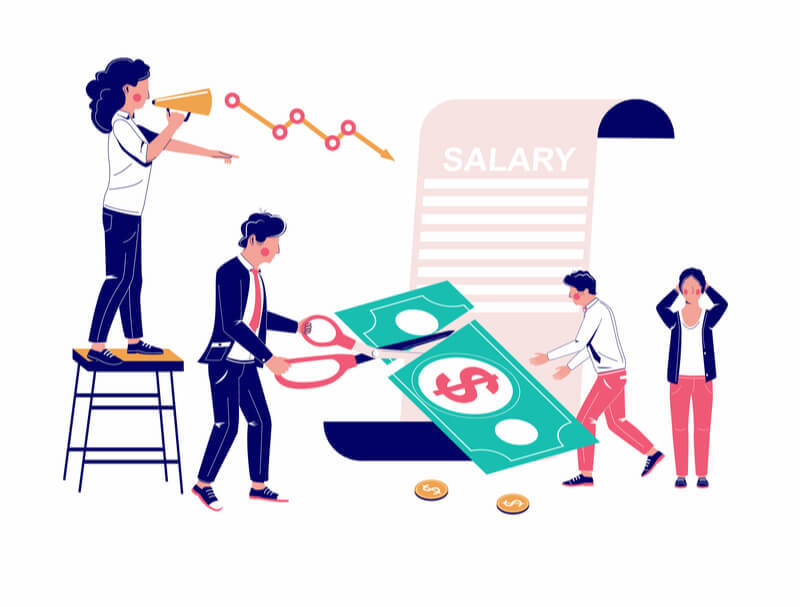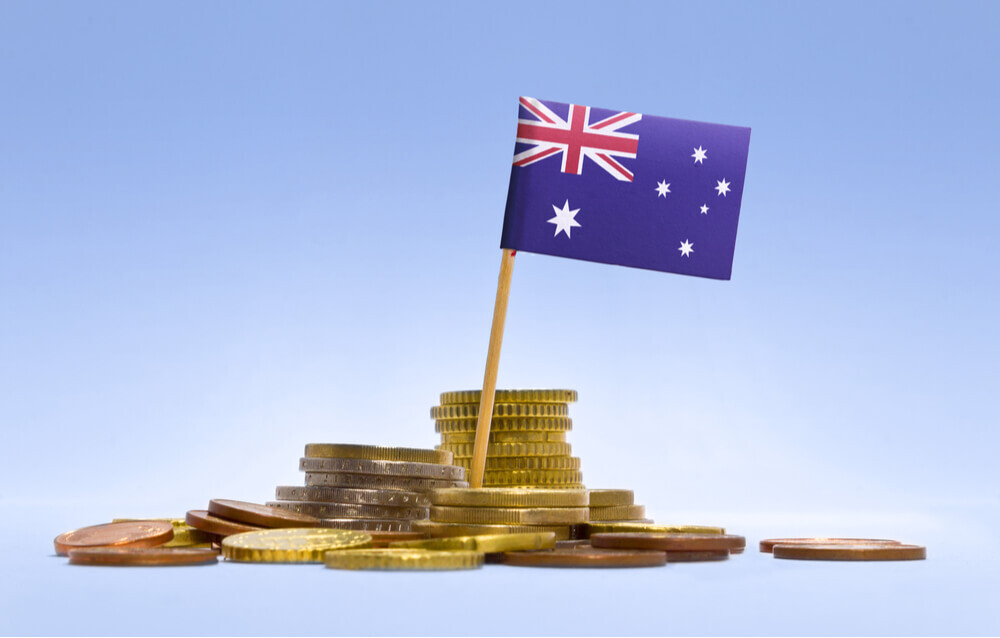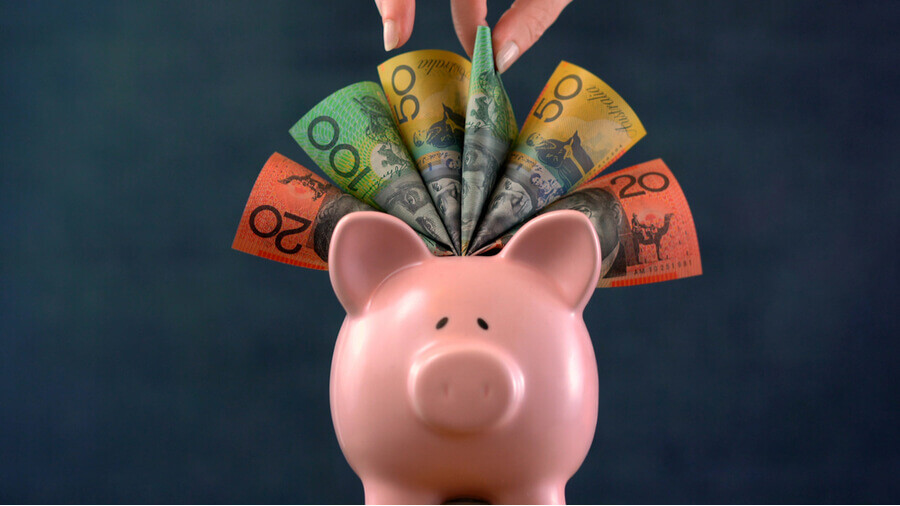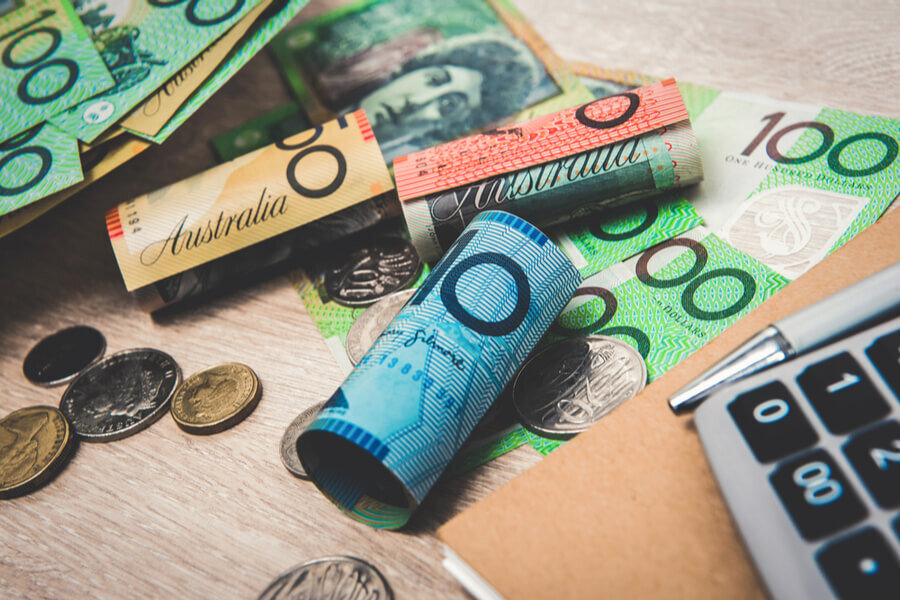There is no doubt that 2020 has been a huge year for everyone around the globe. In Australia COVID-19 has resulted in job losses across multiple industries, forced lockdowns with businesses closing their doors, and social distancing measures that have changed the way businesses operate. The Government introduced Jobkeeper payments back at the end of March in order to subsidise the wage of workers for businesses that had been affected by the pandemic.
The idea was to keep more Australians in jobs, and less been laid off due to businesses being unable to afford their wages. Months later are we are seeing Jobkeeper payment reduction starting to take place, which has resulted in a large amount of job loss, with retailers struggling to stay afloat as we enter the Christmas period.
Jobkeeper Payment Reduction
The Jobkeeper payment reduction isn’t going to hit all businesses at once. On 21 July, the Government announced that it was going to extend the payment until 28 March 2021 for the businesses who have been hit significantly through COVID. From September 28, all businesses and not-for-profits were required to reassess whether they were eligible to continue receiving these payments.
Only qualifying businesses are able to stay on it until March next year. So what does this mean for everyone else? We have no reached the end of the year and it is no secret that the Jobkeeper payment reduction has had a huge impact on jobs in Australia.

Jobkeeper Payment Reduction Affect On Australian Jobs
The Jobkeeper payment reduction was inevitable, however, there was no indication of how badly it might affect businesses and the jobs available to Australians. In an ideal world, the Jobkeeper payments were intended to get businesses through the worst of COVID-19, paying a subsidised wage for their employees.
Businesses could then get back on their feet and take overpaying their employees once the Jobkeeper payment reduction began. However, this isn’t what we have seen. In just one week after the Jobkeeper payment reduction took place, we saw the number of payroll jobs drop down by 0.7 per cent. After such a long period of stability, we are now seeing a huge dop take place, which is also bringing wages down with it.
With the Christmas shopping season fast approaching, there is no doubt retailers are being left to face very uncertain times. With job losses and a reduction of income widespread across Australia, there are fears that Christmas shopping will also be cut down, as a result, leaving more jobs in the lurch in the process.
Christmas Shopping
The big question this year is whether or not Australians will be spending up this Christmas. The RBA has high hopes having tracked the money that has been pumped into the economy so far. Not all of it has been spent, with many Australians choosing to save instead. This gives hope that there will be a big wave of spending this Christmas. With social distancing measures still in place and travel restricted, there are many who won’t be able to be with their family this Christmas. Instead, there is hope they will be out buying presents to send to family and friends in lieu of actually seeing them.
Another good indication comes from the Westpac-Melbourne Institute consumer sentiment survey. This survey measures how people are feeling about their individual finances, and the broader economy. It rose by 2.5 per cent in November, indicating a positive trend. Westpac also surveyed people’s spending intentions for this Christmas. 11.5 per cent expected to spend more this year than they had in previous years, while 32.5 per cent stated they would likely be spending less.
There is still a lot of uncertainty in the air, which a high unemployment rate adding to this. As the Jobkeeper payment reduction comes into effect, we may see more people dropping back on their spending as a result.
Of course, retailers have everything crossed that a big spend is on the cards. After such a volatile year nothing is been taken for granted in these unusual times. What are options are there for businesses and individuals who are currently doing it tough?

Extra Help
If you are finding money is a little stretched this year, there are plenty of options available. From looking at getting business loans to keep your business afloat going into the new year, to personal loans for families needing a little cash injection over the holiday period.
Australian Lending Centre can assess your individual circumstances and help you find the right loan for your needs. We have a wide range of different loans, from short-term to long-term, depending on what you are after. It could be just what you need to tide you over into the New Year, and to help give the economy the push it needs this Christmas season. Merry Christmas and happy shopping!








